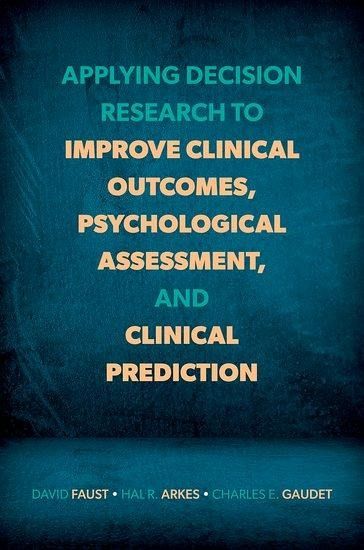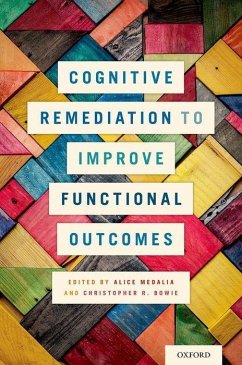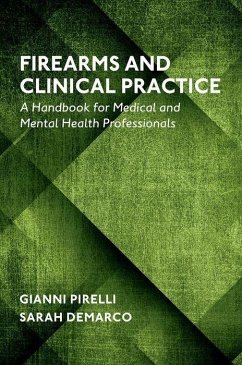
Applying Decision Research to Improve Clinical Outcomes, Psychological Assessment, and Clinical Prediction
Versandkostenfrei!
Versandfertig in über 4 Wochen
65,99 €
inkl. MwSt.
Weitere Ausgaben:

PAYBACK Punkte
33 °P sammeln!
Mental health professionals often must make judgments or decisions involving vital matters. Is an individual likely to act violently? Has a child been sexually abused? Is a police officer fit to carry a gun? An explosion of research in clinical and cognitive psychology provides practical means for enhancing the accuracy of clinical decision making and prediction and thereby improving outcomes and the quality of care. Unfortunately, this research has not been broadly disseminated in the mental health field. The book is designed to familiarize readers with essential findings from decision scienc...
Mental health professionals often must make judgments or decisions involving vital matters. Is an individual likely to act violently? Has a child been sexually abused? Is a police officer fit to carry a gun? An explosion of research in clinical and cognitive psychology provides practical means for enhancing the accuracy of clinical decision making and prediction and thereby improving outcomes and the quality of care. Unfortunately, this research has not been broadly disseminated in the mental health field. The book is designed to familiarize readers with essential findings from decision science and its practical, immediate applications in the mental health field.













